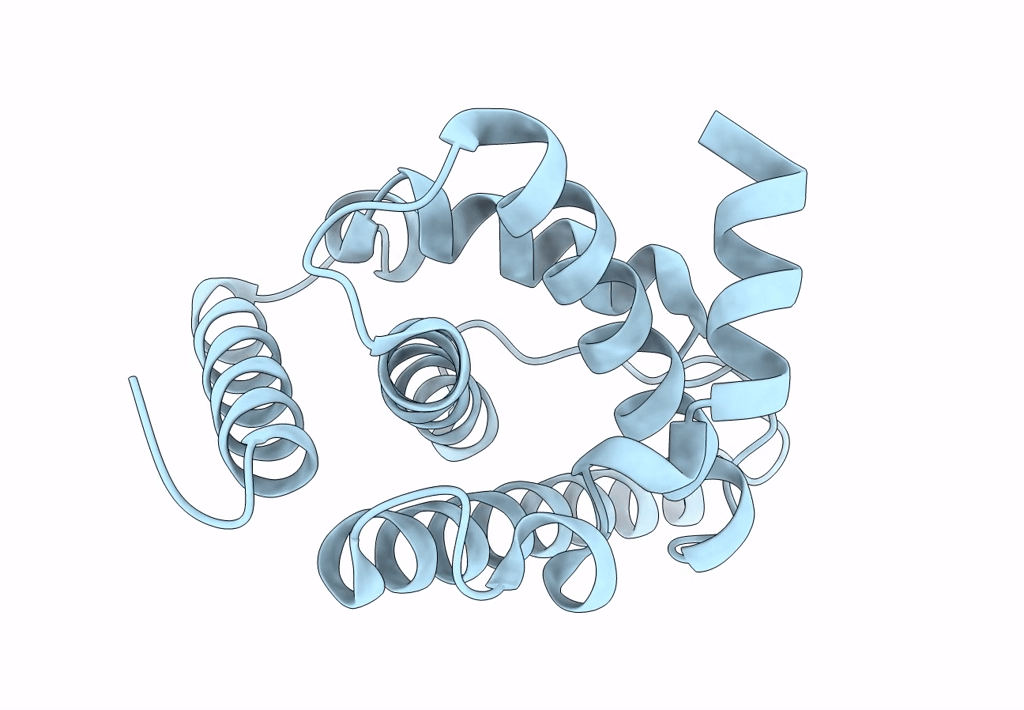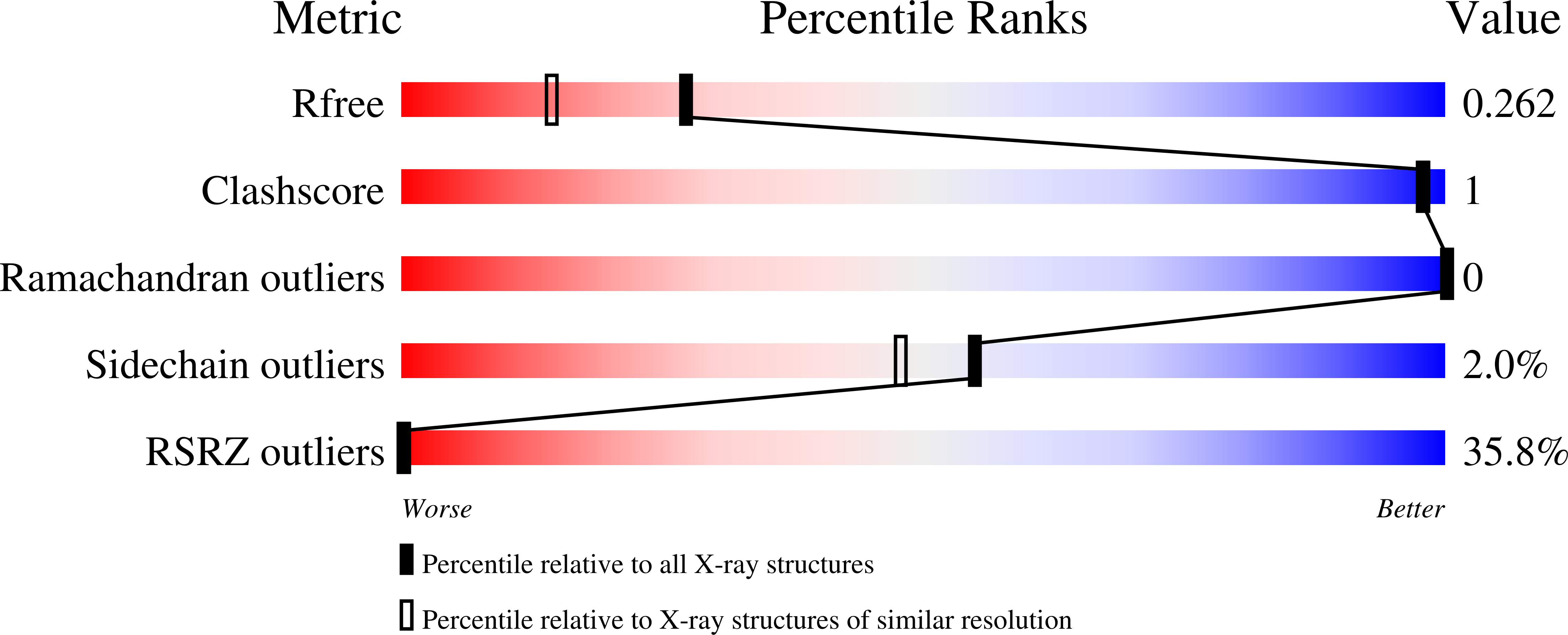
Deposition Date
2022-10-13
Release Date
2022-11-09
Last Version Date
2024-11-13
Entry Detail
Biological Source:
Source Organism:
Leishmania tarentolae (Taxon ID: 5689)
Host Organism:
Method Details:
Experimental Method:
Resolution:
1.95 Å
R-Value Free:
0.25
R-Value Work:
0.20
R-Value Observed:
0.20
Space Group:
P 61 2 2


